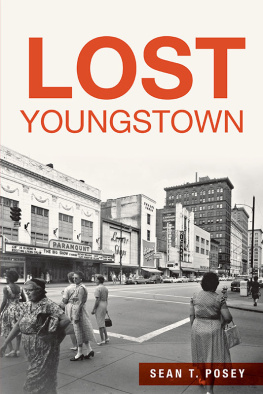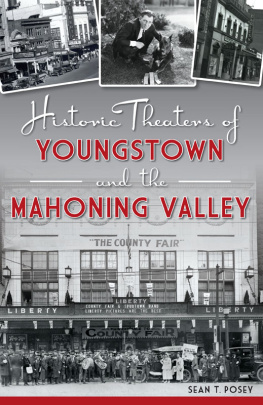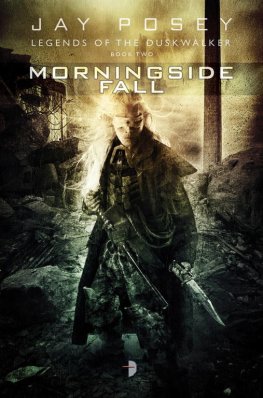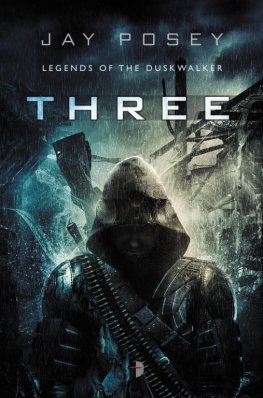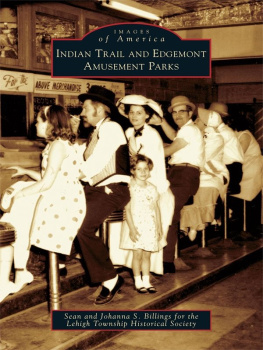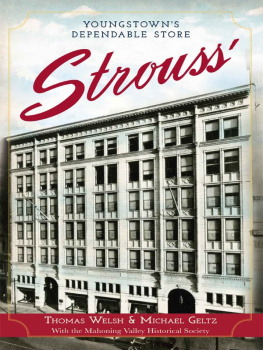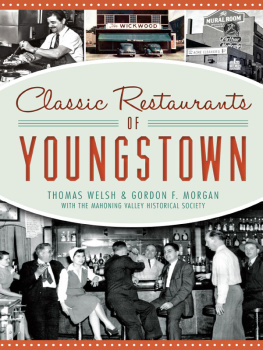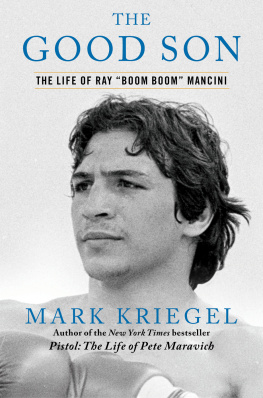
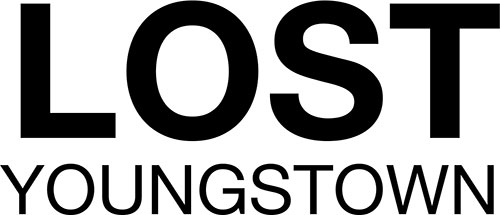

Published by The History Press
Charleston, SC
www.historypress.net
Copyright 2016 by Sean T. Posey
All rights reserved
Front cover: Courtesy of Mark Reyko.
First published 2016
e-book edition 2016
ISBN 978.1.62585.385.1
Library of Congress Control Number: 2015956824
print edition ISBN 978.1.62619.832.6
Notice: The information in this book is true and complete to the best of our knowledge. It is offered without guarantee on the part of the author or The History Press. The author and The History Press disclaim all liability in connection with the use of this book.
All rights reserved. No part of this book may be reproduced or transmitted in any form whatsoever without prior written permission from the publisher except in the case of brief quotations embodied in critical articles and reviews.
This book is dedicated to the memory of Brother Todd Ridder.
CONTENTS
ACKNOWLEDGEMENTS
A ny book of this kind is the product of much hard work and the kindness of strangers, friends and colleagues. I would like to thank my mother and father for their boundless support and for sharing their memories of Youngstown with me as a young man. I would also like to thank Bryan Ridder for all of his support. The reference librarians of the Youngstown Public Library, especially Sally Freaney, assisted me greatly in tracking down rare historical references. Their work proved invaluable to this project. I would like to thank local historians Mark Peyko and Thomas Welsh for their advice and time. The archivists at the Youngstown State University Archives and Special Collections, especially Lisa Marie Garofali, also deserve my special thanks.
Stacey Adger provided initial inspiration for my journey into the history of Monkeys Nest. Father Joseph Rudjak graciously pointed me in the direction of several interviewees who once lived in Monkeys Nest. Joseph J. Cassese, Ron Flaviano, Mark Hackett, Ken Kovalchik, Thomas Molocea, Mark Peyko, Anna Marie Quaranta, Mike Roncone and Gerryanne Thomas provided additional private images. Videographer Ron Flavianos work proved invaluable for the books promotion.
I would also like to thank the many interviewees who very generously donated their time and shared their memories with me. Interviewees included Martel Davis Allen, Donald Attenberger, Kelly Bancroft, Rebecca Banks, Robert Bigelow, Joseph J. Cassese, Jeff Chrystal, Sister Jerome Corcoran, Bill DeCicco, Bruce Dill, Guy DiPasqua, Irene Economou, Ron Flaviano, Bill George, Todd Hancock, Don Hanni III, Patrick Kerrigan, Bill Kovalchik, Alan Kretzer, Ben Lariccia, Joe Ting Markulin, Tonya Martin, Harry Meshel, James Moore, Liz Moore, Edo Pacic, Nadine Parker, Mark Peyko, Jeff Pillot, Jerry Poindexter, Fred Posey, Anna Marie Quaranta, Tom Ramos, Cathy Reuter, Patrick Ridder, Mike Roncone, Father Joseph S. Rudjak, Clayton Ruminski, Richard Scarsella, Del Sinchak, Frances Prayor Singleton, Betty Peters Soni, Helen Tatarka, Gerryanne Thomas, Bill Umbel, Bob Vargo and Rob Zellers.
Introduction
THE BIGGEST LITTLE CITY ON EARTH
At the beginning of the nineteenth century, brothers Daniel and James Heaton discovered bog ore in Yellow Creek, near Youngstown, Ohio. Not long after, they began construction of the Hopewell Furnace, the first iron-producing furnace in the country west of the Allegheny Mountains. Early primitive furnaces, made of stone and powered by charcoal, supplied the first simple iron products in Mahoning County. By the turn of the nineteenth century, the manufacturing city of Youngstown had gone from a rustic village in the wilderness of the Northwest Territory to a growing manufacturing center known for high-grade coal and the production of iron. Dubbed the biggest little city on earth, Youngstown symbolized the enormous growth of the American Midwests industrial might. Three short decades later, Youngstown was the forty-fifth-largest city in the country, standing at the heart of one of the worlds largest steel districts. Upon coming to the area in 1939, First Lady Eleanor Roosevelt wrote of her impressions of the burgeoning industrial city:
There is a certain majesty to this industry which catches ones imagination. We came out from a street to find ourselves looking down over what seemed to be an almost limitless array of factory buildings and chimneys. The driver of our car said That is the U.S. Steel Company and it covers six miles. Think of the investment represented and of the stake which the people working here have in the success or failure of that business, not to mention the innumerable people who own a part of the invested capital. It takes your breath away to think that human beings are responsible for anything so vast and far-reaching.
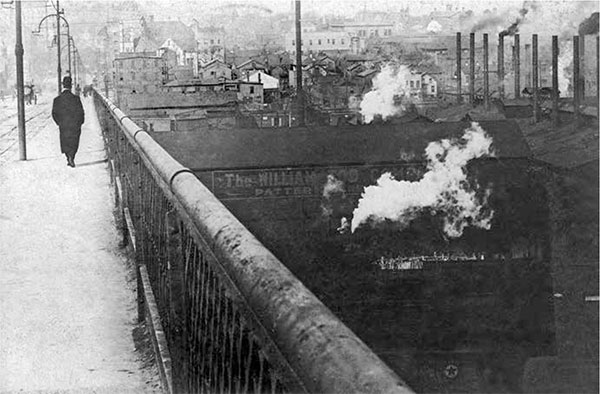
A solitary individual walks across the smoky Market Street Viaduct, circa early 1900s. Courtesy of Thomas Molocea.
For miles up and down the Mahoning River, the massive mills of the Mahoning Valley stood like a wall. Inside these mini-cities, an almost otherworldly drama played out on a daily basis: men, machines, smoke and fire served as the cast of characters in a spectacle of steelmaking. At night, the hills of slag along the river glowed with a fiery heat; the Mahoning River itself, used by the mills to cool steel, never frozeeven during the coldest months of winter. Youngstown Sheet and Tube, Republic Steel (also founded in Youngstown), U.S. Steel and Sharon Steel all had facilities in the area. Outside of steel, manufacturing companies like Republic Rubber produced everything from rubber hosing to golf balls. Youngstown symbolized industrial America itself. In 1950, the city produced more steel per square mile or per capita than any similar spot on earth. And beyond the wall of metal and machines, the citys cultural life thrived.
The areas steel mills drew thousands of migrants from the South and European immigrants looking for a new life in a new world. They built vibrant ethnic neighborhoods, businesses and cultural institutions along the citys bricked streets. Every language from Louisiana Creole to Croatian could be heard in the corner grocery stores, churches and neighborhoods with famously evocative names like Smoky Hollow and Monkeys Nest. The Keith-Albee vaudeville circuit made Youngstown a prime stopping point in the early twentieth century. Ethel Barrymore, Katharine Hepburn, Joe E. Lewis and other legendary performers graced local stages.
Famed architects like Albert Kahn and C. Howard Crane designed the Stambaugh Building and the Liberty Theater, respectively, for the classically inspired downtown. Upward of fifty thousand shoppers would crowd downtown on cold holiday nights during Christmas shopping season in the 1940s. During World War II, men and women manned the blast furnaces and rolling mills of wartime industry, and they danced the night away to the sounds of Duke Ellington and Frank Sinatra at places like the Nu Elms Ballroom. Theater patrons took in the latest Humphrey Bogart or Bette Davis film at the ornate Paramount Theater. Diners, dressed to the nines, enjoyed topflight meals at places like the Colonial House in the vibrant Uptown district. At the same time, labor clashes, Harry Trumans efforts to seize the citys steel mills and the machinations of the Mafia made Youngstown both famous and infamous in the national imagination.
Next page
